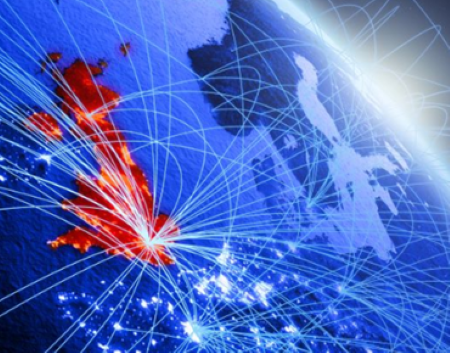Where is the shipping industry in relation to digitalisation? Diverse industries approach change, be it cultural or economical, in different ways and at different pace. There seems some consensus that the overall freight supply chain industry (i.e. ocean shipping, ports, terminals and landside logistics and carriage of goods) has traditionally been slower than other comparable industries to embrace change.
Comparisons with the aviation industry are often made and whilst maybe not always completely fair there may be some relevance to such comparisons.
As consumers become increasingly used to having goods and services on-demand, the expectations in B2B for similar swiftness and ease of access increases. Equally, the demand for data, to achieve greater efficiency and cost savings, grows. As an example, McKinsey estimates that the global adoption of electronic bills of lading could save USD 6.5 billion in direct costs and enable USD 40 billion in global trade.
As suggested in TT Club’s and McKinsey’s 2018 study ‘Brave new world? Container Transport in 2043’ there is also a risk of ‘Uber-isation’ from a disruptive start-up with an aim to change the shipping industry (as Uber did to the traditional taxi industry).
Shipping is steeped in historic processes – how can digitalisation be achieved? The first step is standardisation, overcoming a lack of conformity on terminology and data capture. Standardisation is a pre-requisite for data sharing. This is equally true for ship to port, port to port and further into the logistics chain. In comparison, IATA codes trace their roots to the 1930s.
Read more news and exclusive features in our latest issue here.
Never miss a story… Follow us on:
International Trade Magazine
@itm_magazine
@intrademagazine
Media Contact
Joseph Clarke
Editor, International Trade Magazine
Tel: +44 (0) 1622 823 920
Email: editor@intrademagazine.com








